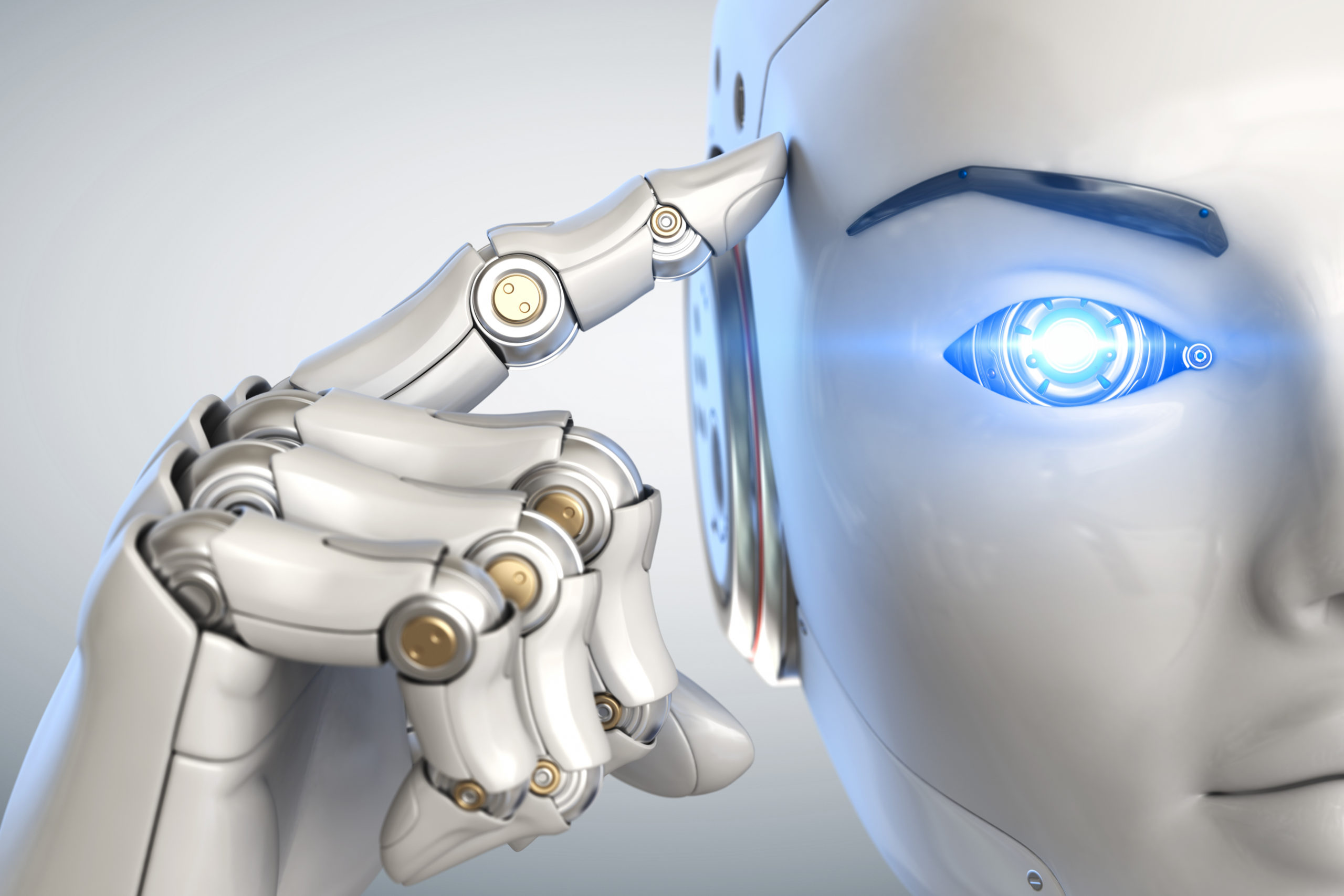
Insight | 01.17.25
Insight | 03.18.21

What is Intelligence
First, some agreement on what constitutes intelligence is necessary. Depending on the discipline different attributes are valued and therefore constitute intelligence.
A person’s intelligence within a discipline would be recognized by their mastery of the discipline’s attributes. An argument can be made that a machine can be intelligent by mastering one set or multiple sets of attributes.
Elements of Intelligence
When evaluating something as intangible as intelligence, what elements should be considered? It starts with reasoning processes that support extending observable facts/events to general beliefs and/or take general beliefs consider alternatives in coming to specific conclusions. For a baseball player it is baseball IQ; the musician it is a sense of timing or beat; physicist the thought experiment in visualizing the abstract. It includes learning by training, observing and experience which expands the understanding of the discipline.
Depending on the discipline, listening, recalling experiences, duplicating physical activities and drawing conclusions by relating environmental cues are all techniques for expanding knowledge. These techniques make a decision or choose a process which resolves an issue. They must also consider their surroundings, sensing valid inputs and providing structure. Generating value and knowledge, machines must also have communications skills to understand inputs and document results.

Humans rely on recognizing patterns in applying their intelligence. Each pattern, learned or experienced, has its information and heuristics for a situation. Familiar or stressful situations are facilitated by quick thinking in applying the most familiar pattern. New or complex situations require more thoughtful thinking in perceiving differences, altering existing or developing new patterns.
Machine intelligence is programmed with attributes focused on a specific discipline. This intelligence relies on taking general beliefs, considering alternatives and arriving at conclusions. This can include understanding that a mistake has been made and avoiding it in the future.

Intelligent machines evaluate inputs as data by applying sets of rules. While humans search for patterns, machines learning relies on rules/algorithms. Two different techniques are used to develop learning in machines. Supervised learning uses sample data with matched outputs (labelled data) to teach machines to approximate outcomes for new inputs. Unsupervised learning does not rely on labeled outputs – the learning occurs by inferring the natural structure of a set of data points. A differentiator between machine intelligence and human intelligence is in situations with incomplete or distorted inputs – humans can still determine outcomes where intelligent machines can have inconsistent results.
Yalo is embracing machine intelligence/AI with the arrival of our new sentiment analysis services that can recognize language patterns in order to determine social media feedback and popularity for a brand, amongst several other tasks. We are bringing AI to bear on the Web 2.0 world in our relentless pursuit of excellence for our customers. AI rocks!